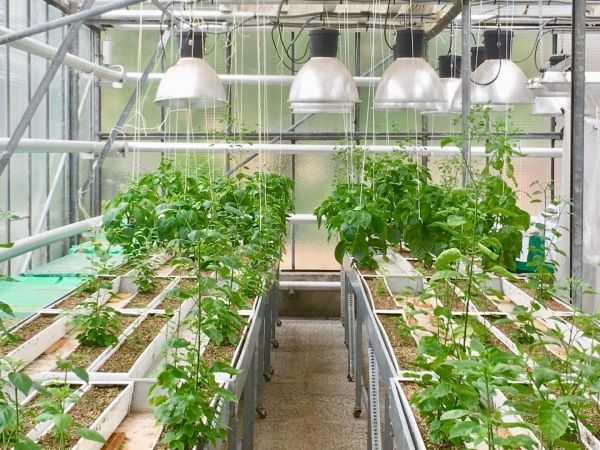In a paper published today in Science (and featured on the cover), an international team of researchers led by Princeton graduate student Ciro Cabal sheds light on the underground life of plants. Their research used a combination of modeling and a greenhouse experiment to discover whether plants invest differently in root structures when planted alone versus when planted alongside a neighbor.
“This study was a lot of fun because it combined several different kinds of mind candy to reconcile seemingly contradictory results in the literature: a clever experiment, a new method for observing root systems in intact soils and simple mathematical theory,” said Stephen Pacala, the Frederick D. Petrie Professor in Ecology and Evolutionary Biology (EEB) and the senior author on the paper.
“While the aboveground parts of plants have been extensively studied, including how much carbon they can store, we know much less about how belowground parts — that is, roots — store carbon,” said Cabal, a Ph.D. student in Pacala’s lab. “As about a third of the world’s vegetation biomass, hence carbon, is belowground, our model provides a valuable tool to predict root proliferation in global earth-system models.”
Read more: Princeton University
Pepper plants were grown in a greenhouse at the Museo Nacional de Ciencias Naturales (CSIC) in Madrid to investigate how their below-ground behavior differed when planted alone vs. alongside a neighbor. (Photo Credit: Ciro Cabal, Princeton University)


